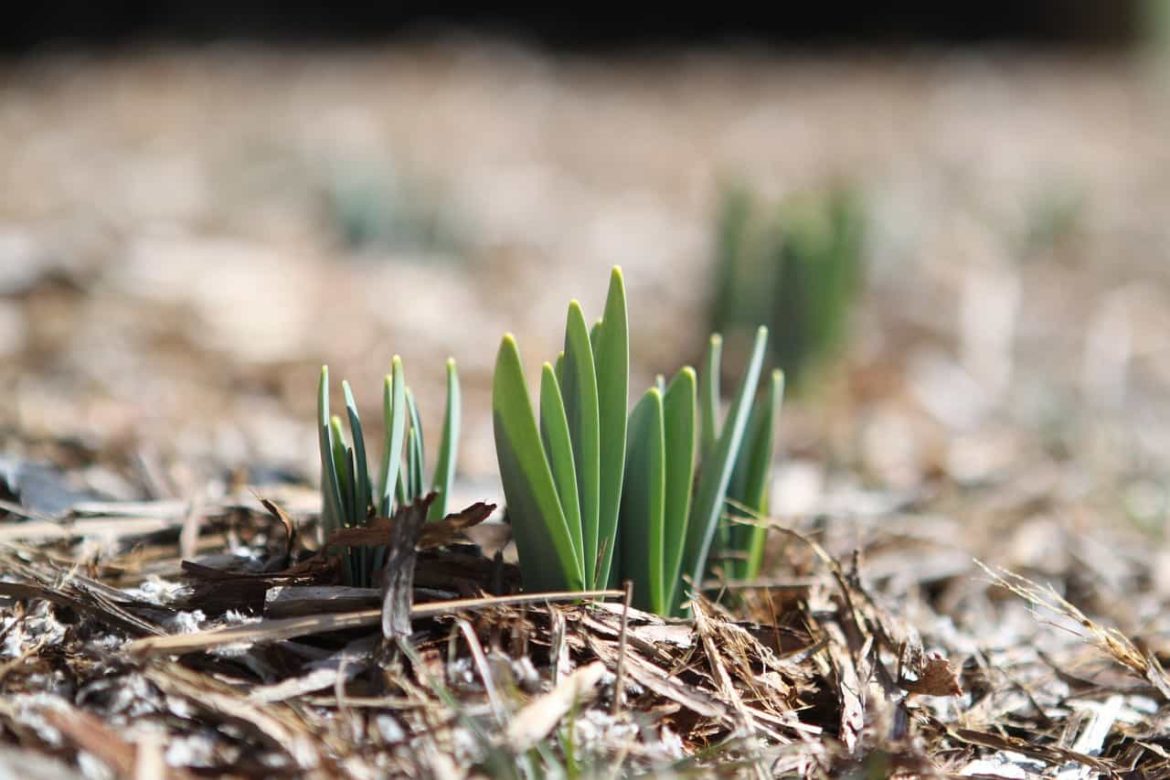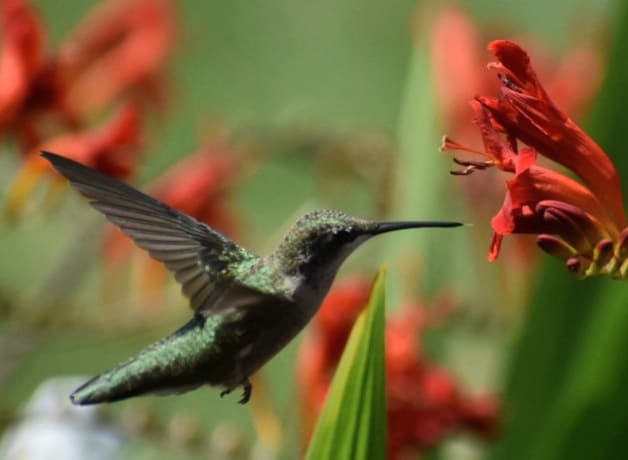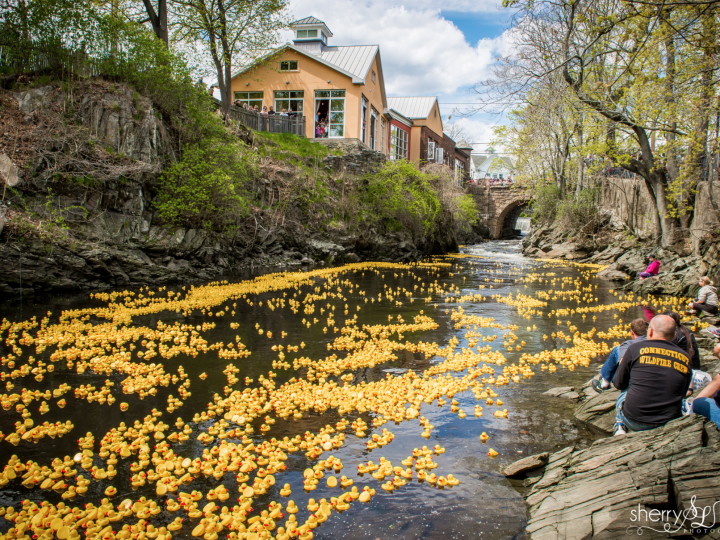
Spring has sprung, but summer is still quite a way off. While the newly blossomed daffodils bring a cheerful glimpse of warmer times to come, your garden—for the most part—is probably filled with last years withered plants. Though many seasoned gardeners began sprouting seeds months ago, there is still time to get a jump on your plantings to ensure that your garden will be full of fresh food and fragrant flowers once the warmer days arrive. All it takes is a little time and a bit of dirt under your nails.
First things first, you need to decide what you’re looking to grow. Believe it or not, reading the back of seed packets is incredibly helpful; they offer specific information about climate zones where they will thrive. Next: size matters. Be mindful of where you will be planting. Seedlings may look teeny, but as they say, the acorn becomes the oak. Be sure your plants have plenty of elbow room in the space you have allotted for them. Also be sure the plot you have planned for them offers the sunshine or shade they require.
Now it’s time to get planting, so gather your containers. (Saving trays from year to year is not only ecologically sound, frankly, it’s cheaper.) Trays with thin, tapered cells make it easier to move your seedlings to the garden once they’ve grown. Local expert Maria Macri, owner of Rivercrest Farm is always happy to help anyone looking to green up their space. “My advice is to get some seed-starting mix at a garden center or Home Depot-type store, as dirt from your garden has weed seeds and fungi and various unwelcome guests in it.”
Take care when sowing seeds into the soil. Check the planting depth on the packet—it can make or break your project. Some seeds like to be on the surface, while others enjoy being deeper in the dirt.
Keep what you’ve sewn warm and humid. “People starting seeds at home will need a heat source as most seeds like to be around 70 degrees for sprouting. Check the instructions on the seed package, though, because onions, lettuces, and some other plants can grow at lower temperatures. You can buy a small electric heat mat for sprouting seeds. Or, put them on top of your refrigerator which is usually a warm spot, only don’t forget about them there,” recommends Macri.
“Once they’ve sprouted, seedlings need more light than is generally available in people’s houses, so you could set up a fluorescent or LED lamp directly over the seedling trays,” advises Macri. “If they start to get spindly and thin, you don’t have enough light.”
Be sure the seedlings aren’t too crowded. It’s easy to have more than you need germinate. Thinning them will allow them to grow stronger. Some recommend “petting” them. The tactile treatment is said to help them strengthen their stalks.
As the seedlings get a bit bigger they will appreciate being a bit cooler. This will also strengthen them. The process of hardening them off also helps when they are getting ready for planting. The outside soil and air temperature will certainly be cooler than in your home.
Starting seeds is a remarkable process. Children and parents alike can share Mother Nature’s miraculous method. From simple sprouts to bountiful harvest it is a simple way to learn and grow as people have done for millennia. And parents: children are far more likely to eat their veggies if they have had a hand in growing them.
—Susan Carroll-Dwyer




